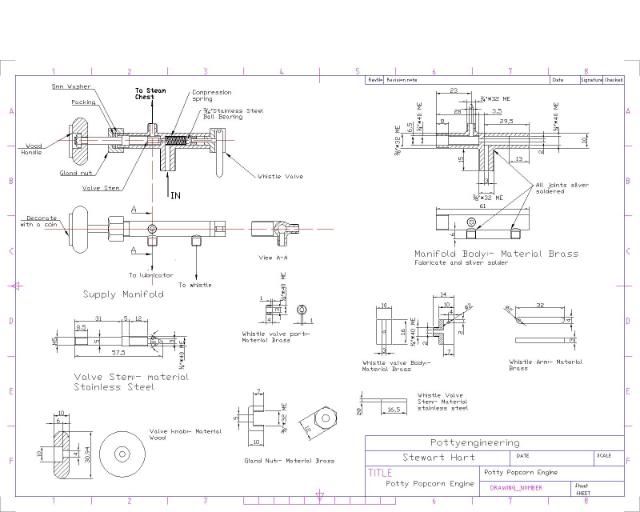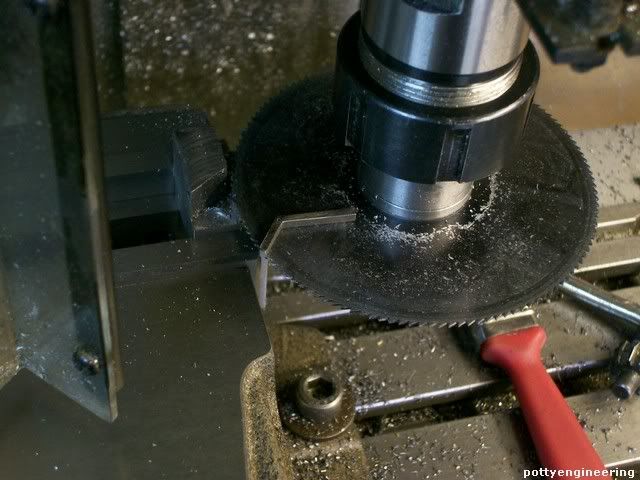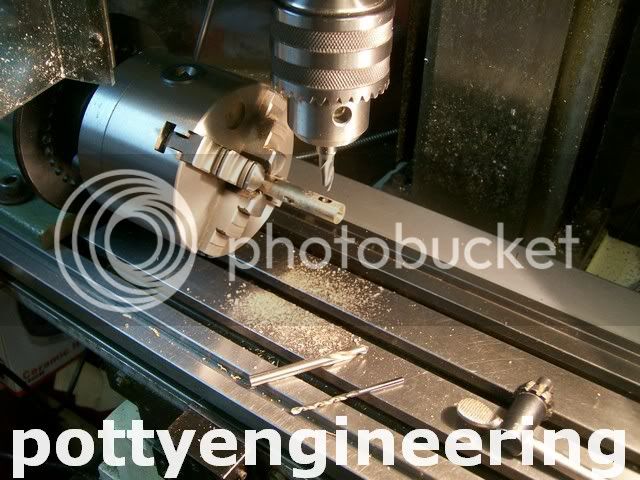Stew,
You forgot to mention that big bits are still falling off the rail bridge due to stress and corrosion, rivets and bolts popping etc, to such an extent, the houses underneath have nets above them to catch it all, but it is still considered safe enough, because of gross over engineering in the first place.
John
You forgot to mention that big bits are still falling off the rail bridge due to stress and corrosion, rivets and bolts popping etc, to such an extent, the houses underneath have nets above them to catch it all, but it is still considered safe enough, because of gross over engineering in the first place.
John










![DreamPlan Home Design and Landscaping Software Free for Windows [PC Download]](https://m.media-amazon.com/images/I/51kvZH2dVLL._SL500_.jpg)







































































